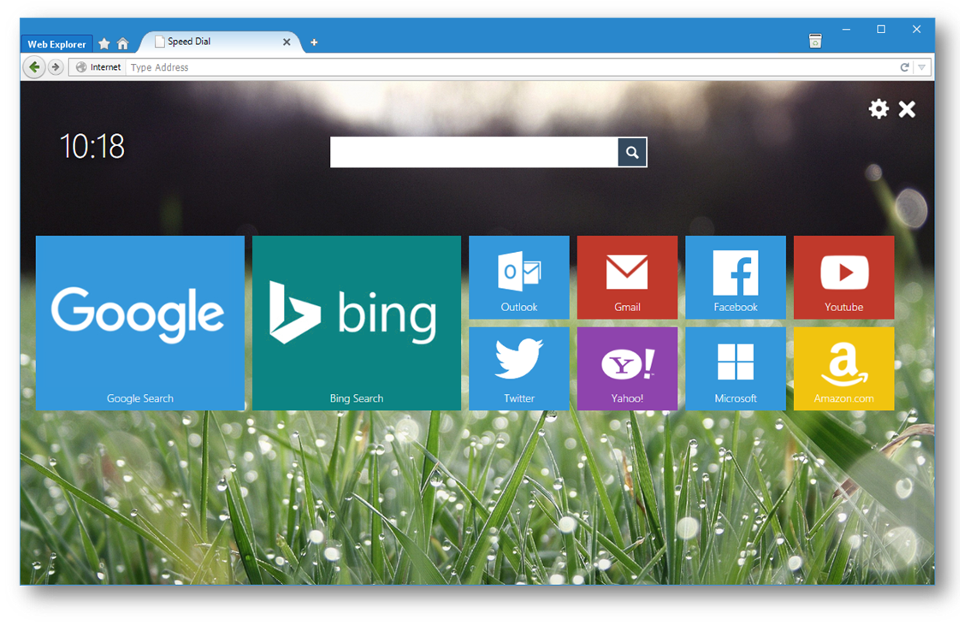

Store and manage container images across all types of deployments Provision unused compute capacity at deep discounts to run interruptible workloadsīuild and deploy modern apps and microservices using serverless containersĭevelop and manage your containerised applications faster with integrated toolsįully managed OpenShift service, jointly operated with Red HatĮasily deploy and run containerized web apps on Windows and LinuxĮasily run containers on Azure without managing serversĭevelop microservices and orchestrate containers on Windows or Linux Host enterprise SQL Server apps in the cloud Quickly create powerful cloud apps for web and mobileĪ dedicated physical server to host your Azure VMs for Windows and LinuxĬloud-scale job scheduling and compute management Manage and scale up to thousands of Linux and Windows virtual machinesĪ fully managed Spring Cloud service, jointly built and operated with VMware Provision Windows and Linux virtual machines in seconds Once the menu appears, click “Downloads.Access cloud compute capacity and scale on demand-and only pay for the resources you use In Edge and Chrome, the button looks like three dots. In Firefox, the menu button looks like three lines. Or you can open a browser window and click the menu button in the upper-right corner of the window. If you’re using Edge, Firefox, or Chrome, press Ctrl+J on your keyboard to open a list or tab that shows your download history.

In that case, you can check your favorite browser’s download history to see if it’s listed there. Since it’s possible to download files to a location other than the default “Downloads” folder, you might have downloaded a file once and lost it. RELATED: How to Open File Explorer on Windows 11 How to Find Downloads Not in the Downloads Folder If that’s the case, you can find clues about a downloaded file’s location in your web browser itself, which we’ll cover below. By default, all major web browsers save files to this location, but it’s possible to save files somewhere else. Once you open it, you’ll see all the files you’ve saved to the “Downloads” folder.


 0 kommentar(er)
0 kommentar(er)
